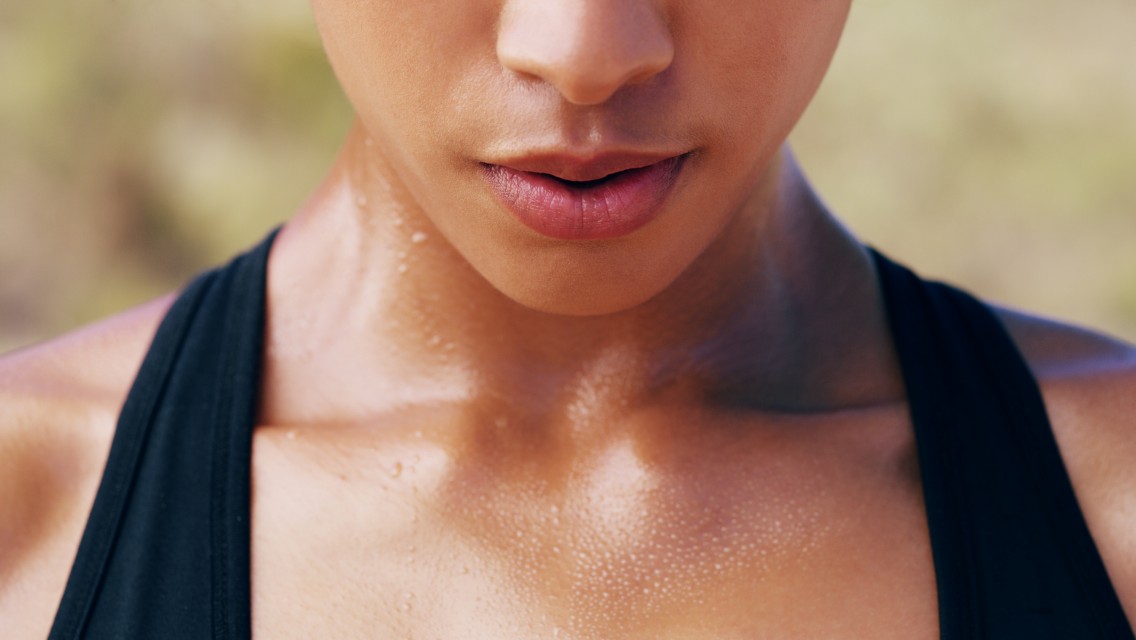In the fall of 2024, I stepped up to the start line of the Austin Rattler 50K, an ultramarathon across challenging singletrack and fire roads in the heart of Texas Hill Country. The landscape was rugged and the weather was hot — and getting hotter.
The temperature was set to top out in the low 80s — a notable difference from my home training grounds in Minnesota, where a wintry chill was already in the air. The 50-degree temperature swing had me more worried than the rolling hills and potential rattlesnake encounters.
As I set off on the 30-plus-mile race — including some 2,500 feet of climbing — I calmed my nerves by leaning into my training. For 12 weeks, I’d been preparing for exactly this moment through dedicated endurance and strength training as well as progressive exposure to heat.
Research has shown that heat-prep training — also called heat training or heat acclimatization — not only prepares the body for heat stress but can also unlock endurance gains and higher levels of athletic performance regardless of temperature.
As Life Time’s director of performance and recovery, I love doing research and putting my findings to the test. Here’s what I learned while preparing for the Rattler.
Heat Training 101
Heat training comes in two forms: passive and active. Passive heat training is accomplished by spending time in a hot environment, typically a sauna or hot tub, directly after exercising. Active heat training is done by working out in a hot environment or, if that’s not available, by layering clothing to simulate heat.
There are drawbacks to and cautions around heat training. Driving up core temperature in heat training creates more stress on the body than it gets with standard endurance workouts. If you have any history of heart problems or stress-related health issues, this likely isn’t for you.
I can say from personal experience that heat conditioning can also be miserably difficult, even at lower intensities. Training in the heat drives up the rate of perceived exertion, so be sure you already have a strong routine before starting. As a rule, it’s wise to speak with your doctor before integrating heat training into your regimen.
Safe Protocols
The simplest way to integrate heat training into your routine is to visit the sauna or hot tub directly after your workout. These passive heat sessions should be at least 20 minutes long; most studies recommend at least 30 minutes. Start with one or two sessions per week and ramp up to three or four as your tolerance improves.
For active heat training, start by replacing one current workout with a heat-stress workout. This is best done at lower to moderate intensities (50 to 70 percent of VO₂ max) for 45 to 60 minutes. Some studies have suggested doing these workouts as many as five times per week, but one or two sessions is usually beneficial and safe for most people.
My preferred protocol combines the two. I spend 20 minutes in the sauna after my hardest run of the week and do two heat-stress workouts each week: one dedicated workout on a bike, plus one 20- to 30-minute moderate-intensity finisher in my DIY heat suit — think extra layers — after a harder workout.
When it comes to heat training, higher temps are not better; overdoing it can end up hampering your training efforts.
Make sure to increase your overall hydration and electrolyte intake to replace the extra fluids you’ll lose. And always stop a session if you feel dizzy, nauseous, or overheated.
When it comes to heat training, higher temps are not better; overdoing it can end up hampering your training efforts. A new category of wearable technology measures body temperature, but most people don’t need that level of precision. You are looking for an increased sweat rate, a slight increase in your heart rate above normal effort, and a feeling of being hot but not overheating.
The benefits may show up in as little as seven days, and the improvements seem to max out at around four weeks. This means it’s important to be strategic about ramping up your heat work. Adding it to your last block of training before an event is a great way to get positive gains without too much stress.
That said, the positive adaptations begin to dissipate within a couple of weeks. One or two passive heat sessions per week can help most people maintain the benefits.
While I don’t have lab data to prove that my heat training worked, I survived my Rattler race, and the Texas heat was no issue. My next race is taking place where the temp should be much lower, but I’m going to bring out the heat suit at least once a week during training to maximize my potential gains.
This article originally appeared as “Turn Up the Heat” in the September/October 2026 issue of Experience Life.





This Post Has 0 Comments